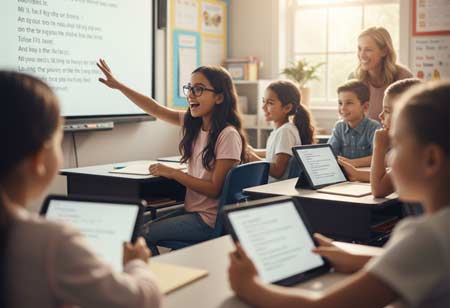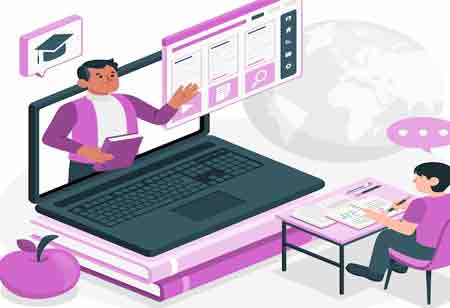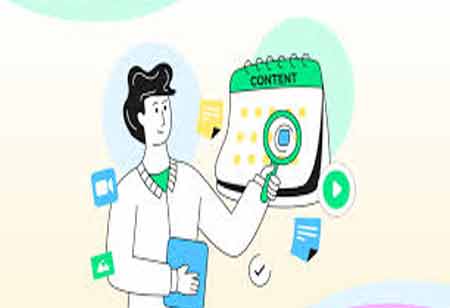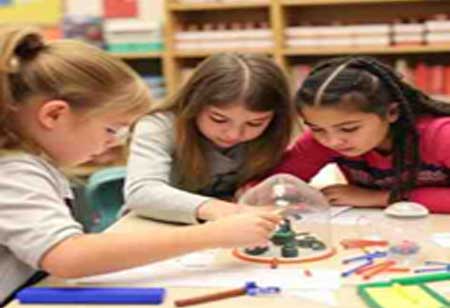THANK YOU FOR SUBSCRIBING
Be first to read the latest tech news, Industry Leader's Insights, and CIO interviews of medium and large enterprises exclusively from Education Technology Insights
Transforming Education: The Power of Student Engagement
Engaging students in learning fosters more profound understanding, better grades, and deeper thinking.

By
Education Technology Insights | Wednesday, April 02, 2025
Stay ahead of the industry with exclusive feature stories on the top companies, expert insights and the latest news delivered straight to your inbox. Subscribe today.
Engaging students in learning fosters more profound understanding, better grades, and deeper thinking.
FREMONT, CA: Getting students engaged is an important part of the learning process. Students must be energetic, eager to learn, enthusiastic, and curious, asking questions to satisfy their curiosity. This procedure promotes deeper learning, stimulates further thought processes, and results in higher marks. Such an achievement can only be reached if approached from the surroundings and supportive connections using engaging learning methodologies.
Engagement with students is essential for making an open and inclusive classroom environment. Encouraging greater student participation can be accomplished by making them feel appreciated and valued. Good communication between students and educators is essential to create a supportive climate. Encouragement of the student's expression of their knowledge and questions is a way to make them feel included. Teachers who accept students' views, listen actively with thoughtful responses, respect their views, and increase their opportunity for future participation accept them as stakeholders.
Teachers can connect materials to current real-world happenings, personal experiences, or future careers to connect material to student interest. This makes the content significantly related to their lives. It enhances interest, thereby making students become active and better learners. Teachers make the content relevant to each student in a way that helps place the context in the student's real-life experience or probable career.
There is a need for new teaching methodologies that can include the learners, as lecturing in the usual sense is a recipe for very passive learning-mongering. This may be acknowledged and resolved among the instructors who employ interactive modes of learning, like participative learning, where the students learn actively from each other through projects or problem-solving. This brings discussion, cooperation, and peer-to-peer learning with teamwork, enabling and enforcing students to have an active learning experience.
Resources, including interactive whiteboards, educational apps, and online learning websites provide a variety of engaging learning experiences. These tools offer interactive simulations, gamified learning processes, and instant feedback, capturing the learner's attention and increasing their understanding. When used smartly, technology can support learning objectives and the mission goals of driving critical thinking, sparking excitement and eagerness in educators to explore new tools.
This approach also necessitates an individualized approach to learning. The teacher must modify the methods and approach so students can connect and identify themselves, considering their interests, strengths, and learning styles. The methods and materials applied to differentiated teaching make modifications in many ways for the individual students so that all the learners can interact with the materials at their level of preparedness. Achieve this by using diverse assignments, selecting modes of self-expression, and utilizing various media tools.







